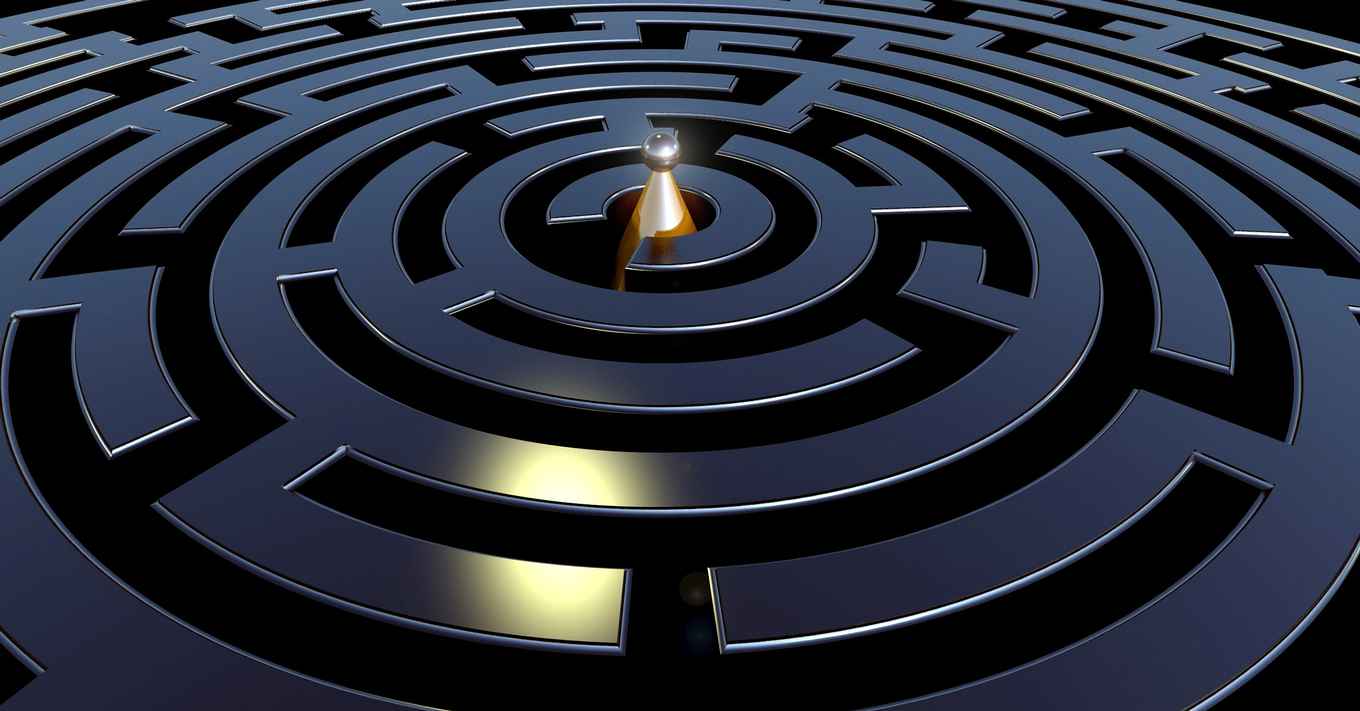How the brain tracks the location of other beings
17 December 2019

The hippocampus is a brain structure which plays a crucial role in the formation and retrieval of personal memories. Here, sensory experiences are linked together and bound to the location of where a certain life episode occurred. In order to do this, certain neurons in the hippocampus, known as place cells, keep a detailed map of one’s own position in the environment. When you are in a certain location, a specific neuron will be emitting a lot of electrical pulses, signalling your presence in that location. As you move to a different place, this neuron will become silent, and another one will start firing. The specific area of space in which a place cell is activated is known as the place field.
Neuroscientists have long been interested in whether the hippocampus is involved in coding social information, such as the position of other individuals or important objects in the subject’s vicinity. A recent study in Science reported that the hippocampus contains place cells which fire both when an animal is in a given location and when the animal observes another individual present at that location. This phenomenon is reminiscent of mirror neurons, cells which fire when you as well as someone else perform a particular, similar action.
In the experiment performed at SILS-UvA, a team of biologists tried to elucidate the way information is processed in the hippocampus about the locality of others using rats. They trained the animals to track the position of a robot moving in a maze of connected alleys. If they did this well the rats could earn a reward; if, for instance, the robot went left, the rat could earn a reward by poking the left side of a reward well.
However, the researchers found that the position of the robot was not coded in the hippocampus by conventional place field representations, and they also found no evidence of the recently reported “mirror cell”-like place fields. Rather, using tools from machine learning and information theory, they demonstrated that the movements of the robot induced more subtle changes in the activity of the rat’s neurons. Lastly, they showed that these socially induced changes were present particularly in inhibitory neurons, which control large groups of hippocampal neurons.
This study is a new step towards a better understanding of how our brain processes social information. It appears that the brain encodes and stores information about the location of others in a different way than it does when the information concerns ourselves. This fundamental research provides handles to study what could go awry in brain disorders by which social functioning is heavily compromised, such as autism.
Link to full article: https://www.cell.com/cell-reports/fulltext/S2211-1247(19)31548-7
More about the research group Cognitive and Systems Neuroscience